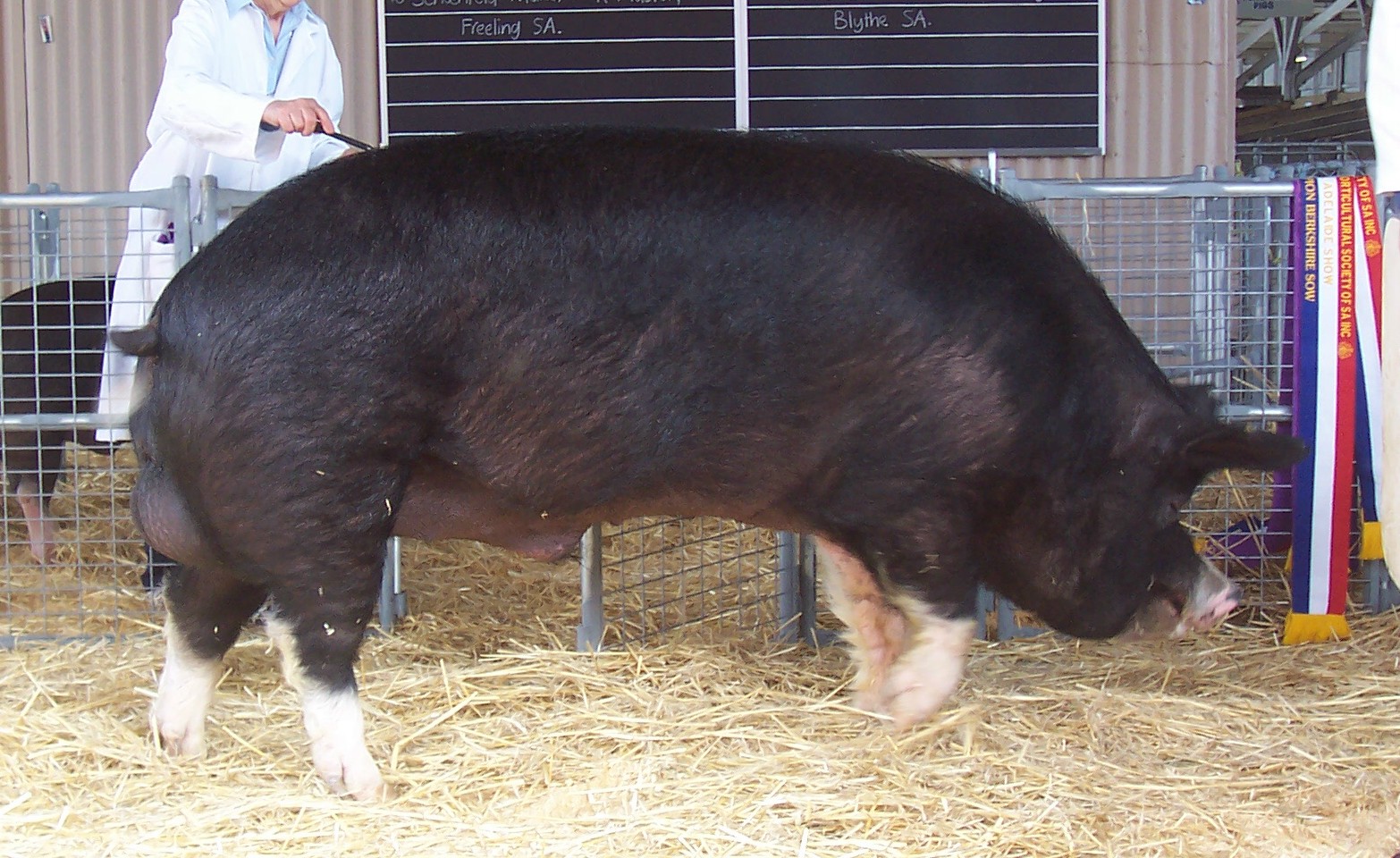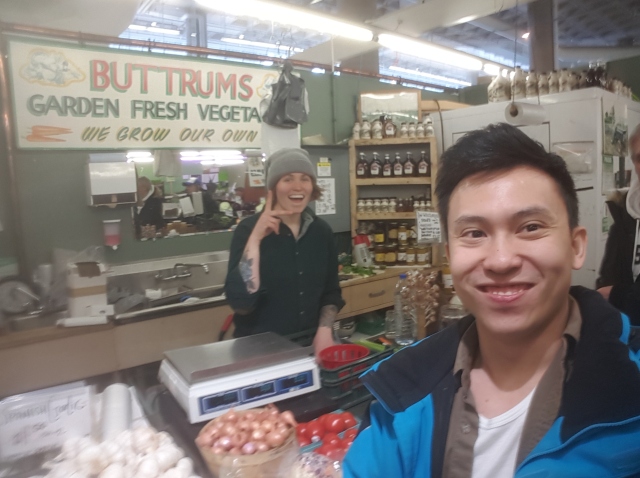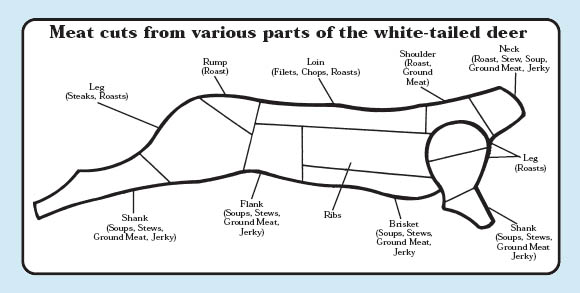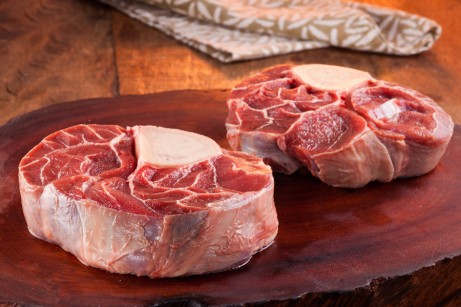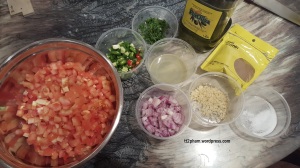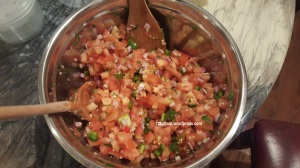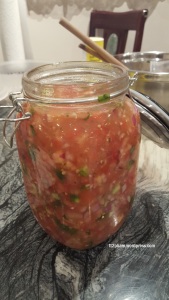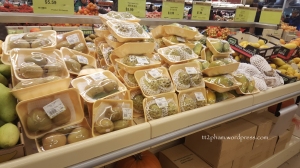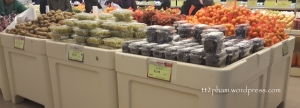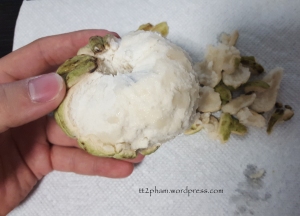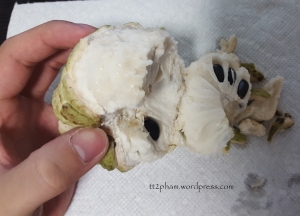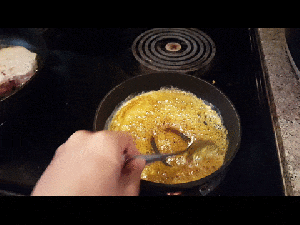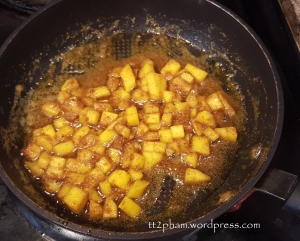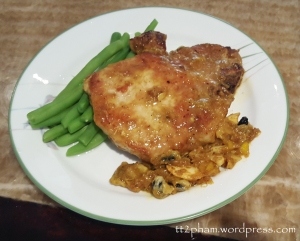This is the first entry in my first ever blog. As a starting point it may be best to answer a series of questions about me. My name is Tony (Tung) and this is the start of my culinary journey.
A picture that bests describes your culinary personality.
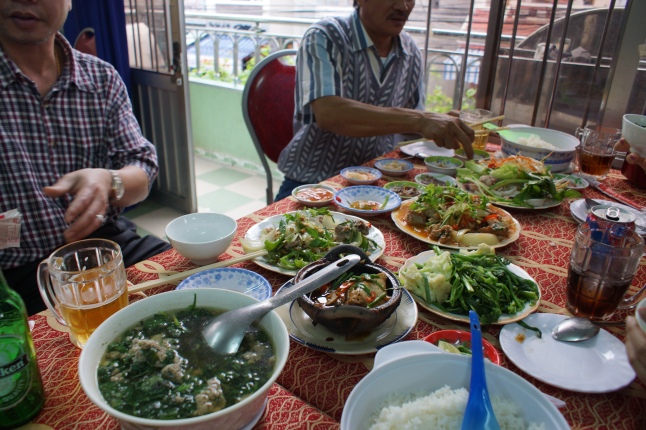
This picture was taken on my visit to Vietnam this past December. After several days of travelling and enjoying various ‘exotic’ food, we decided it was time to enjoy a home cooked meal. After searching several blocks we found this cozy restaurant that served traditional Northern Vietnamese dishes. This picture best describes my culinary personality as the majority of my experience has been in my own kitchen making traditional Northern Vietnamese dishes for my family and friends to enjoy.
Why you want to be a Chef?
In my previous life, I was a Marketing Analyst. Working the traditional 9-5 slowly became a chore and I submerged in the kitchen where I fantasized about owning my own restaurant. Like many other, I gathered the courage to quit my 9 to 5 job and start again in Culinary school. I wanted to learn more than just “how to cook” and George Brown College offered a curriculum that included in all. And so, here I am on my journey to become my own Chef.
Are you working in the industry?
I am currently not working in the industry, but I am hoping to land a part-time opportunity in a kitchen while in school. As well, I am currently in the Integrated Studies program and hope to land an internship in another country. My most preferred locations would be Hong Kong, Singapore, or England. But, that is still a year away.
Your personal philosophy of cooking.
I have never put much thought into my cooking philosophy. To me, cooking has always been about my family. During the day we are all doing our own things. However, we always gather at the dinner table. A wonderful warm meal at the end of the day can brighten any bad day.
What you hope to gain from your Blogging experience.
I hope to use this blog as a place to reflect on where I started, what I’ve learned, what I want to learn, and to later to see how far I have come.
A culinary quote with citation
“Travel changes you. As you move through this life and this world you change things slightly, you leave marks behind, however small. And in return, life - and travel - leaves marks on you. Most of the time, those marks - on your body or on your heart - are beautiful. Often, though, they hurt.” ― Anthony Bourdain, The Nasty Bits: Collected Varietal Cuts, Usable Trim, Scraps, and Bones
This is one of my favorite quotes from someone I have come to admire. Anthony Bourdain’s view on travel, food, and the world has allowed me to reflect at my own life and my travels. To add to this quote, I think learning to let these changes happen is also very important.
An original picture AND an image from the internet with a citation


Jules (Photographer) (2014, February 8) 5 Things I Learnt Staying With A Vietnamese Family. Retrieve from "http://solowayfarer.com/2014/02/5-things-learnt-vietnamese-hospitality/"
The first picture is one of me when I was in Vietnam this past year. The second picture is a typical set of Vietnamese dishes.
Reference to a Great Culinary Blog you have found and would like to emulate. Include reasons why you like this Blog, what they do well and what could be done better.
A blog that I have found and would like to emulate is willtravelforfood by Mayssam Samaha:
http://willtravelforfood.com/
This blog offers everything for someone who loves to travel and loves food. Each blog starts with description about the location, it sets the scene and atmosphere. Mayssam then recalls her adventure, illustrating to us the places she went, the people she met, and the food she ate. She writes very well and her entries create a craving to follow her steps. However, this blog does not provide a lot of food review. The blog focuses more on various locations and the food they offer. Mayssam has a few entries where she provides a little history of the food and city, I was more drawn to this and believe this is where improves can be made.


